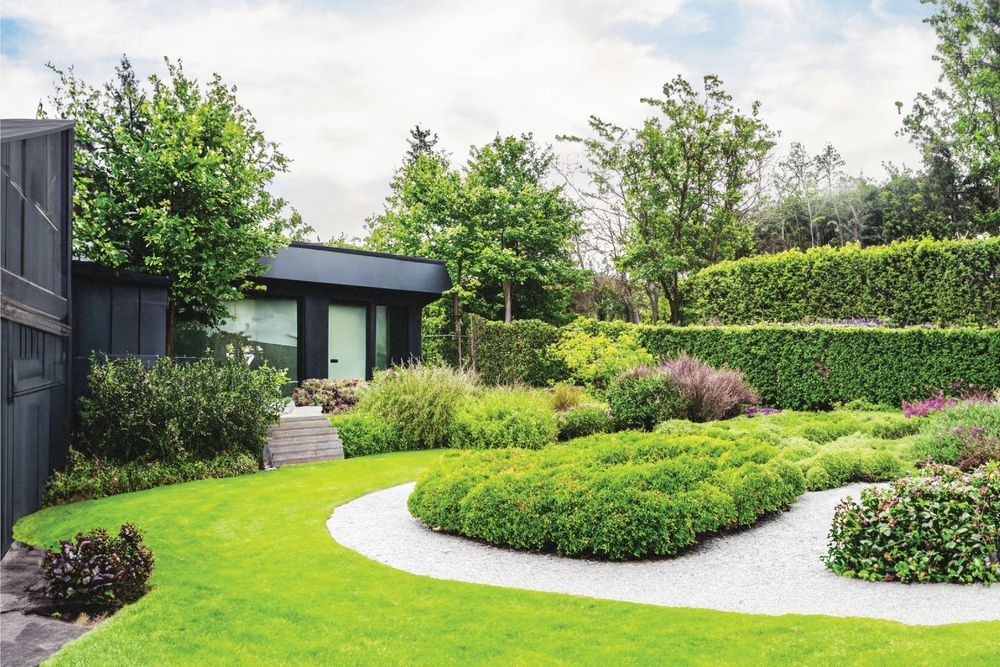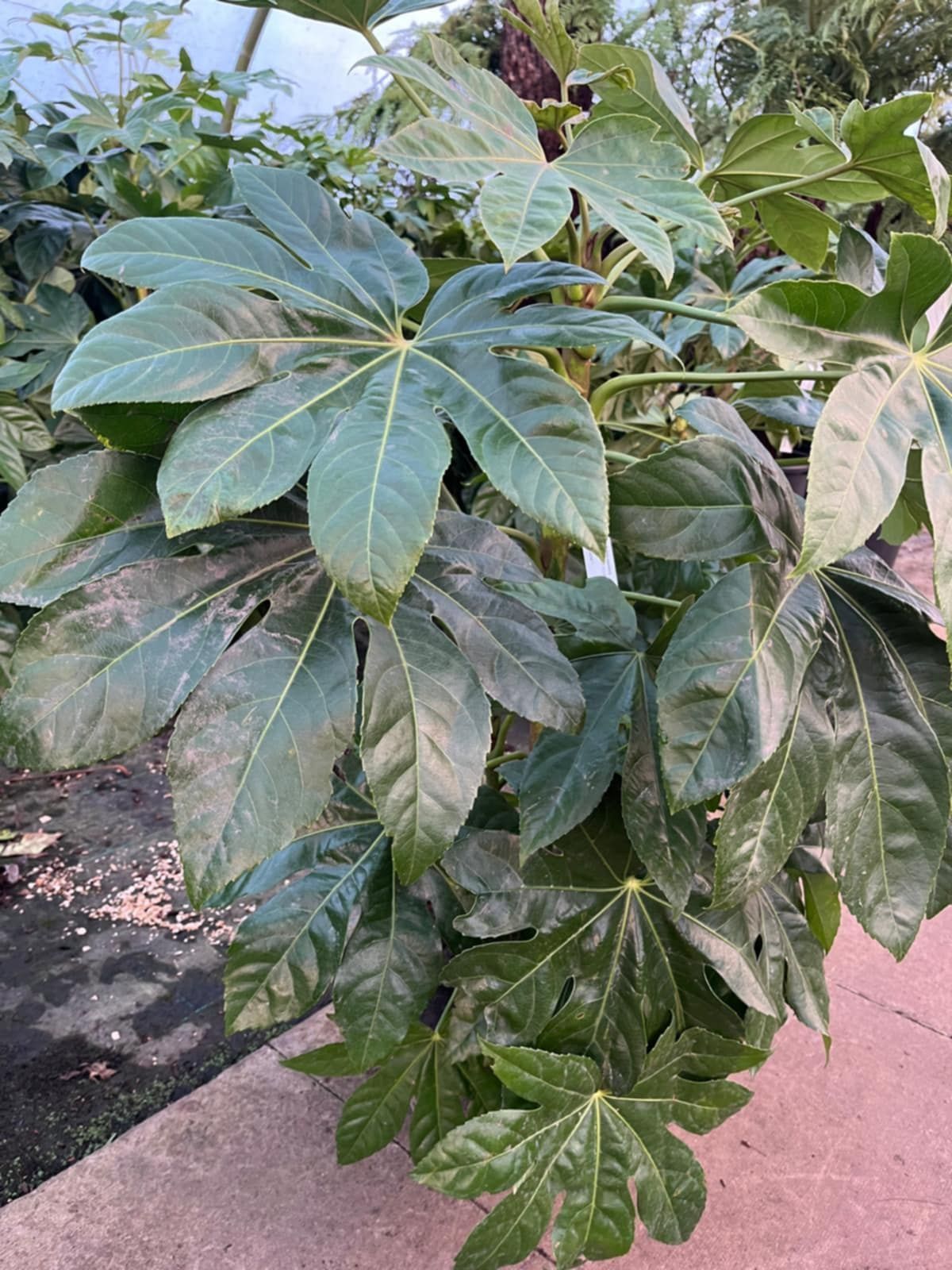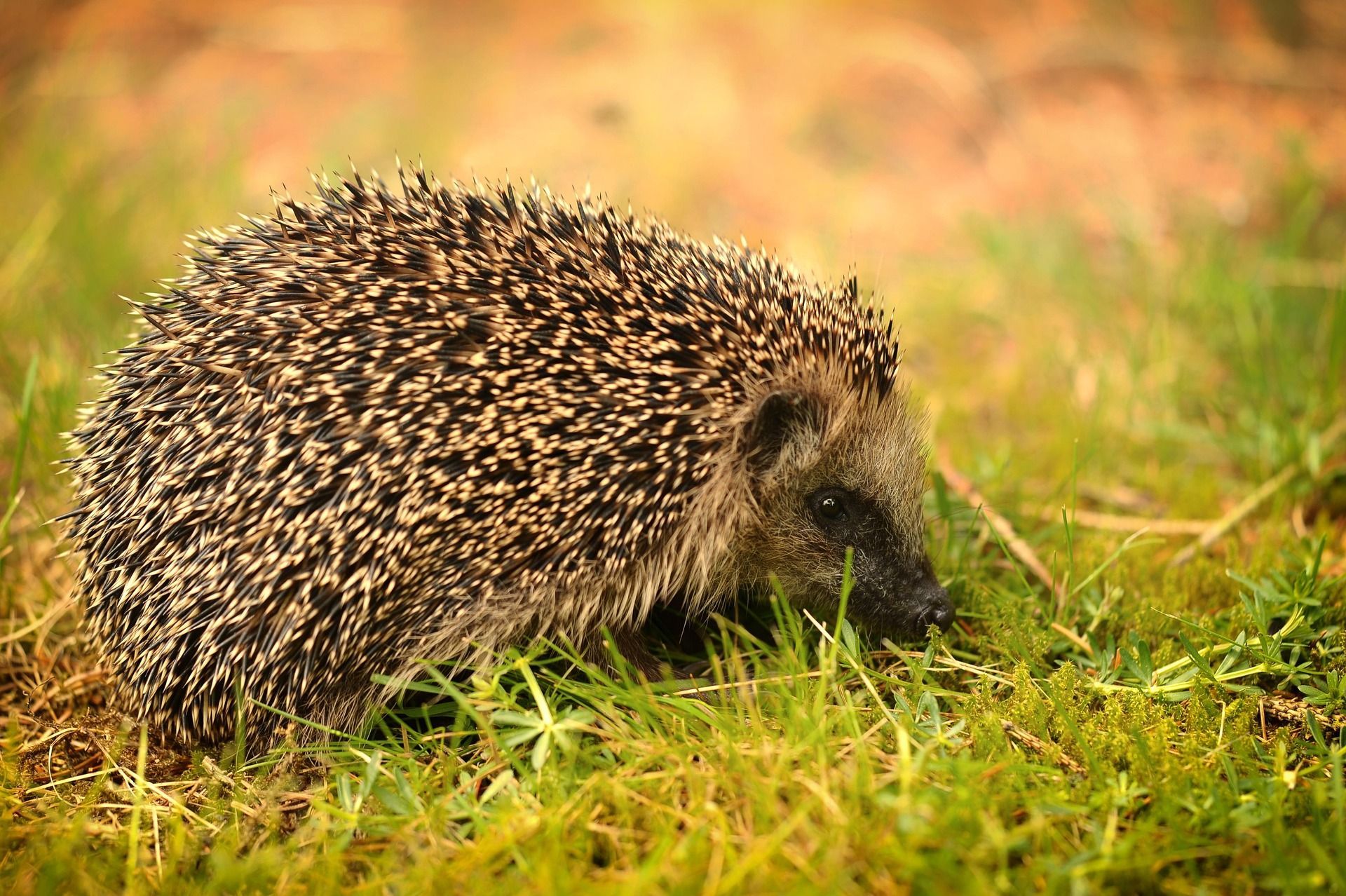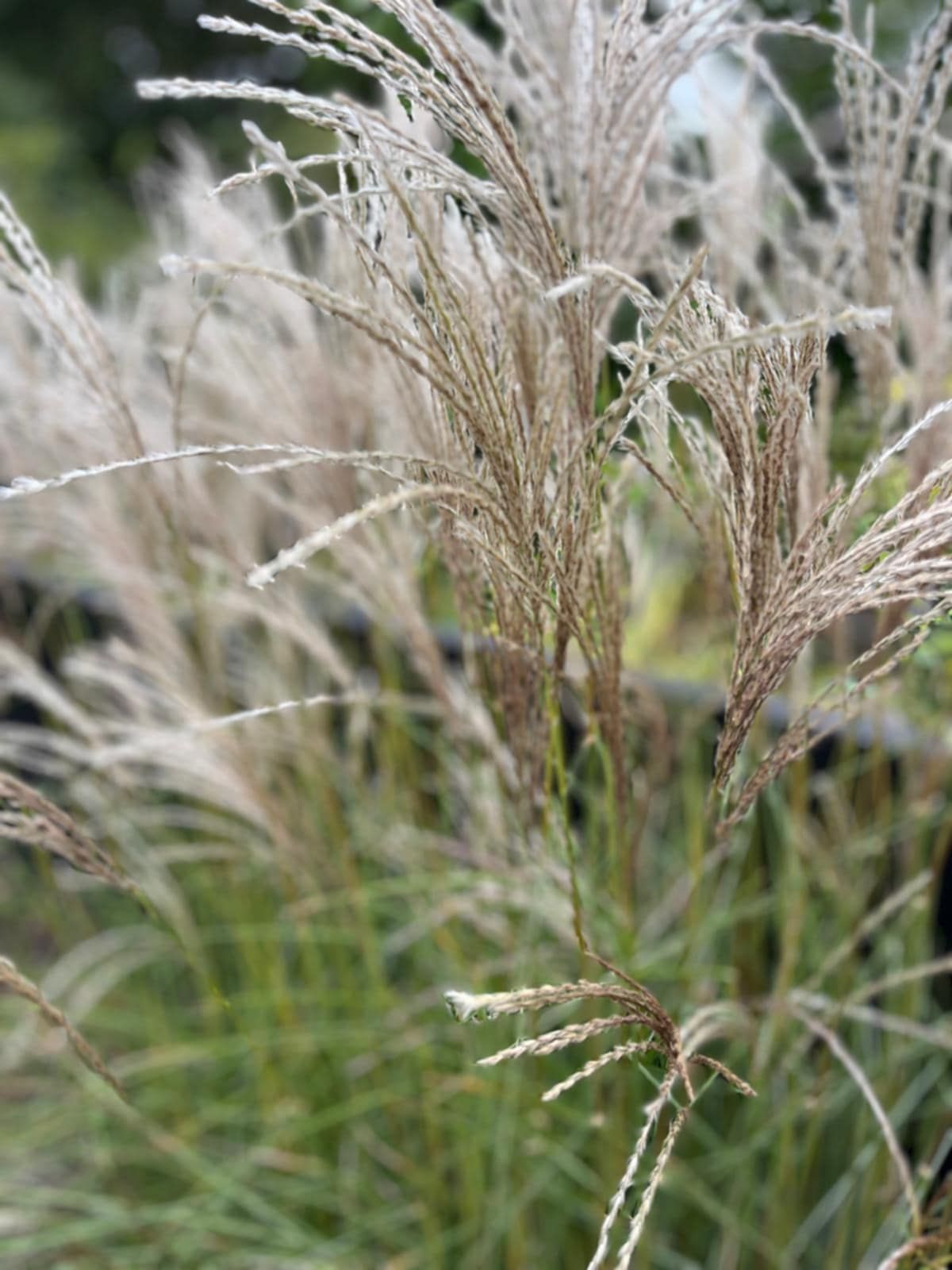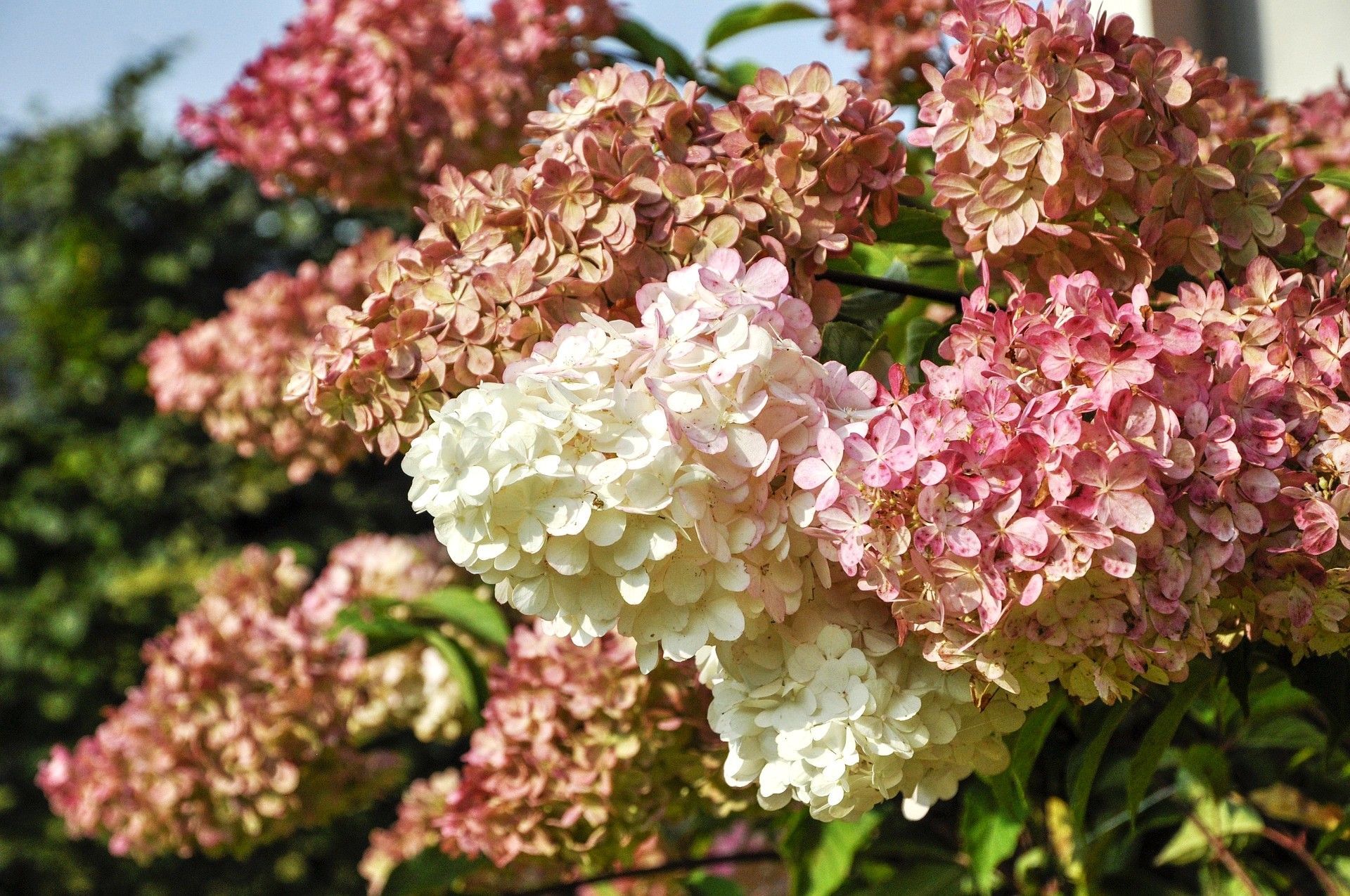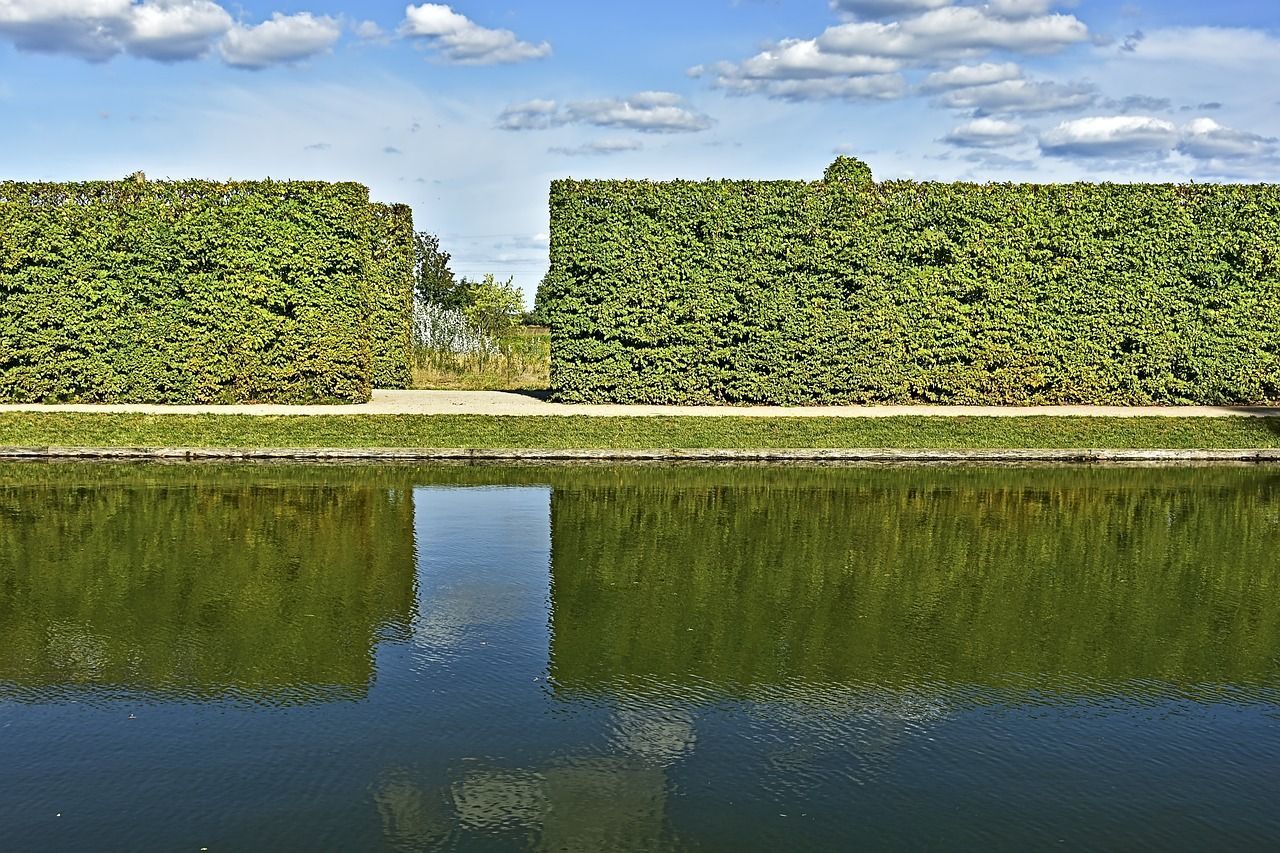Fake It or Make It?
The Pros and Cons of Using Artificial Grass in Your Home Garden

In recent years, artificial grass has gained popularity as a low-maintenance alternative to natural grass in home gardens.
While it offers some advantages, it also comes with a few drawbacks.
We’ve listed out some of the positives and negatives below, to help you make an informed decision for your own home garden.
Positives of Artificial Grass:
1. Low maintenance: Artificial grass does not need mowing, watering or weed picking, so can save you time, effort and money on lawn care, allowing you to enjoy a well-maintained garden year-round with less maintenance.
2. Consistent appearance: Artificial grass provides a lush, green look that remains consistent throughout the year. It offers a perfectly manicured appearance giving you a visually appealing outdoor space.
3. Durability and longevity: Synthetic grass is designed to withstand heavy foot traffic, making it ideal for families with children or pets. It is highly durable and resistant to wear and tear. Unlike natural grass, it does not easily develop bald patches or become muddy, ensuring a clean and pristine garden area.
4. Cleaner grass, cleaner home: If you’ve got kids or pets who are constantly in and out between the house and garden, you’ll know that muddy foot and paw prints can soon appear on inside floors! No mud in the grass can mean no mud in the house either, reducing the amount of floor cleaning required!
Negatives of Artificial Grass:
1. Initial cost: The installation of artificial grass can be expensive, especially when compared to the cost of seeding or laying sod for natural grass. However, it is important to consider the long-term savings on maintenance and water bills, which can help offset the initial investment.
2. Lack of natural elements: While artificial grass provides a visually appealing landscape, it lacks the natural elements found in real grass. The absence of insects, the scent of freshly cut grass and the feel of grass underfoot may diminish the overall sensory experience of your garden. Natural grass is also sustainable and environmentally friendly.
3. Heat retention: Artificial grass tends to absorb and retain heat, making it hotter to touch compared to natural grass. In hot climates, this can be a significant drawback, making the garden less comfortable for recreational activities or barefoot walking.
4. Environmental impact: Synthetic grass is made from non-biodegradable materials such as plastic, which can have a negative impact on the environment. However, recent advancements in technology have led to the development of more eco-friendly options, such as recycled materials and improved drainage systems.
In addition, whereas natural lawns absorb every drop of rain, artificial grass absorbs less than 50%, resulting in more surface water finding its way elsewhere – hopefully somewhere useful, like into your borders or planted areas in the garden.
Ultimately, the decision to use artificial grass in your home garden should be based on your specific needs and priorities. By carefully weighing the pros and cons, you can create a beautiful outdoor space that aligns with your lifestyle and values


